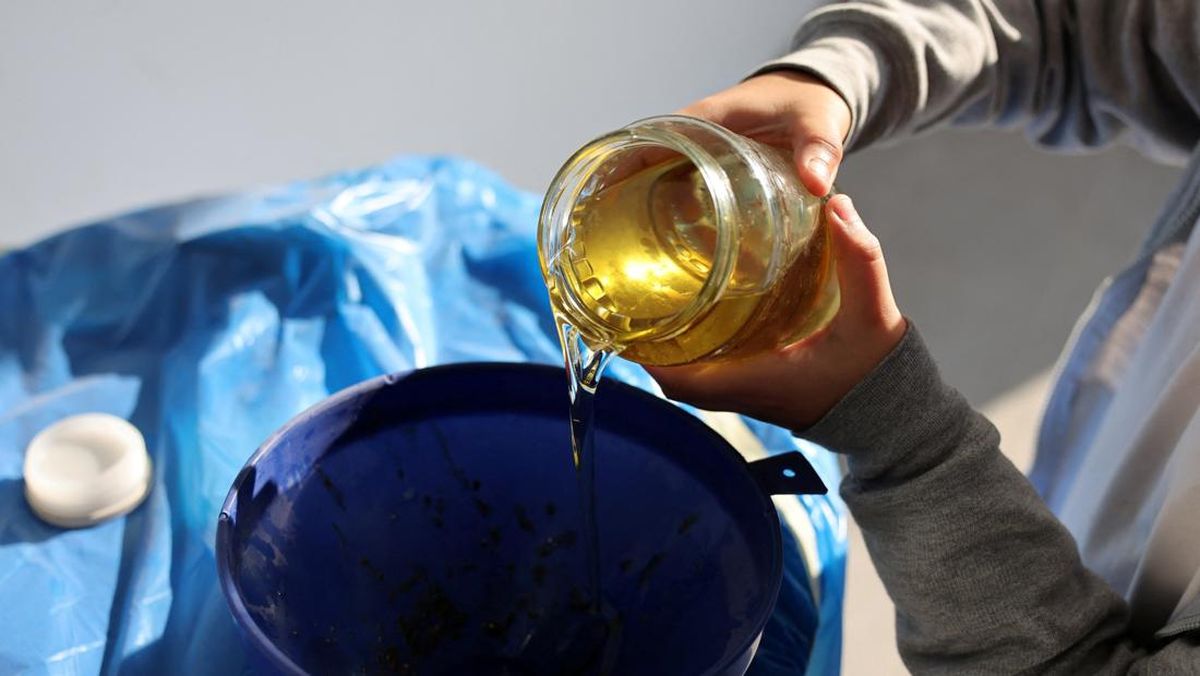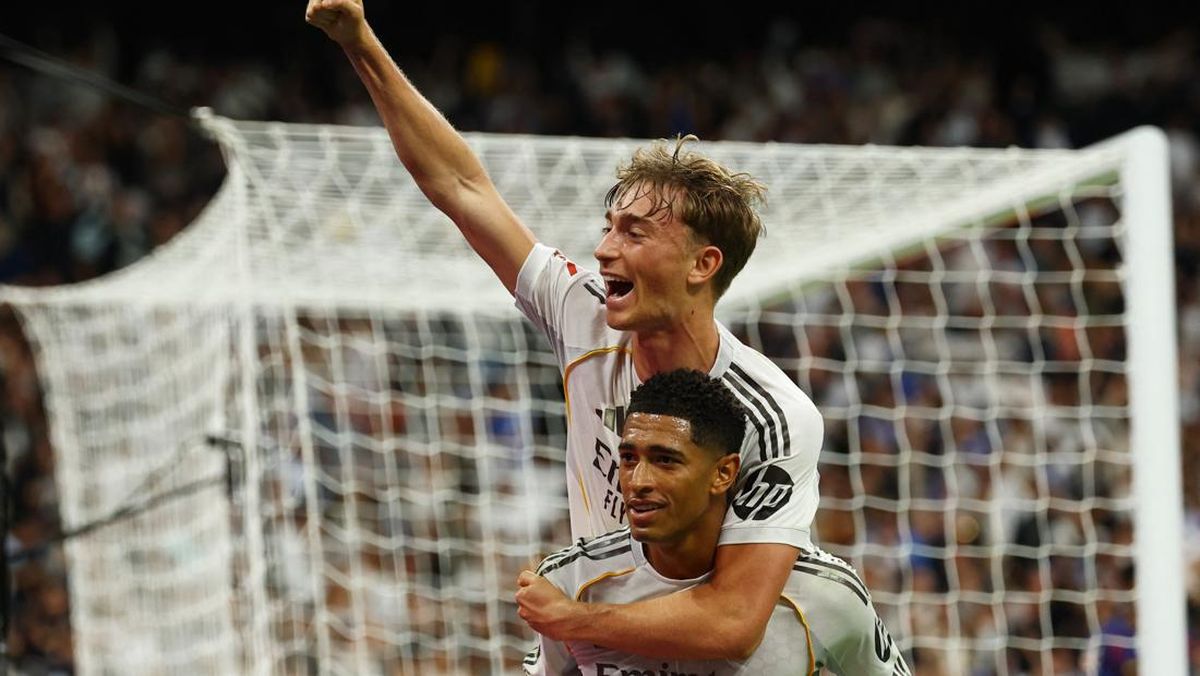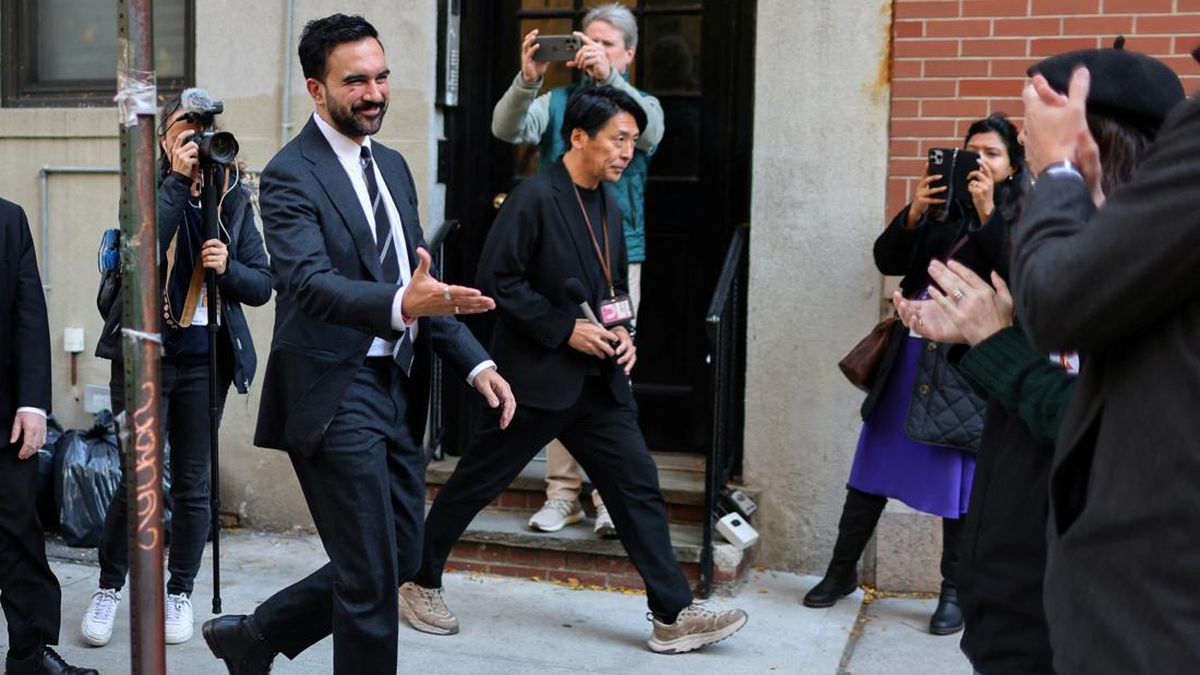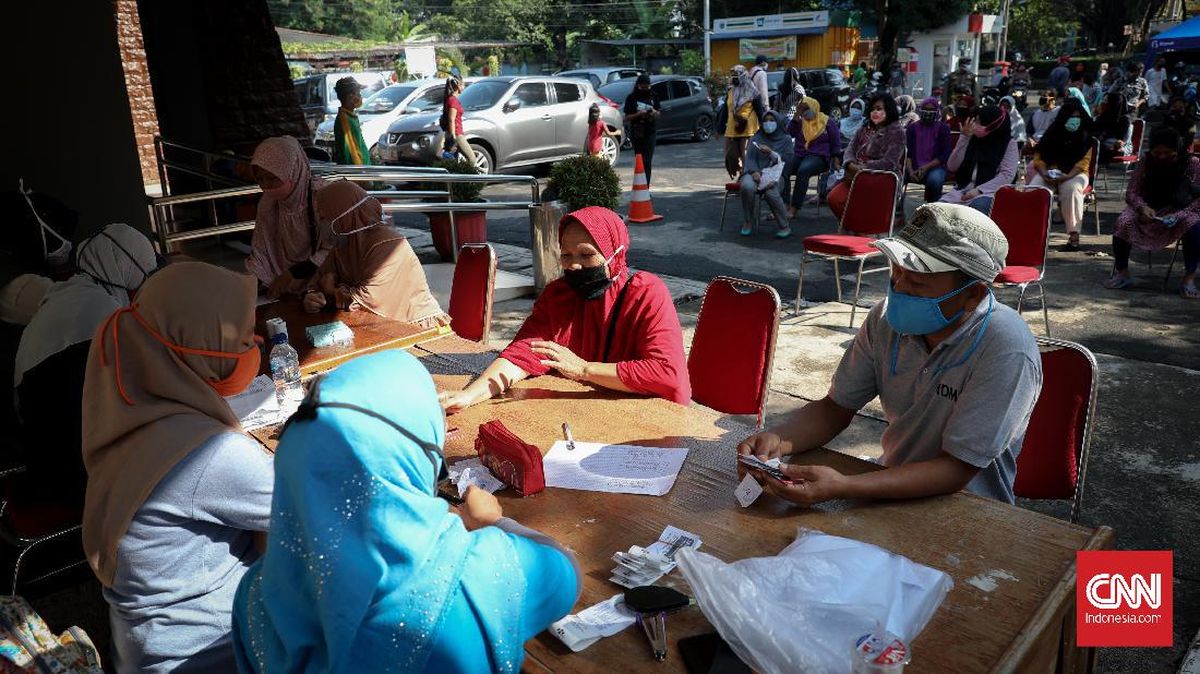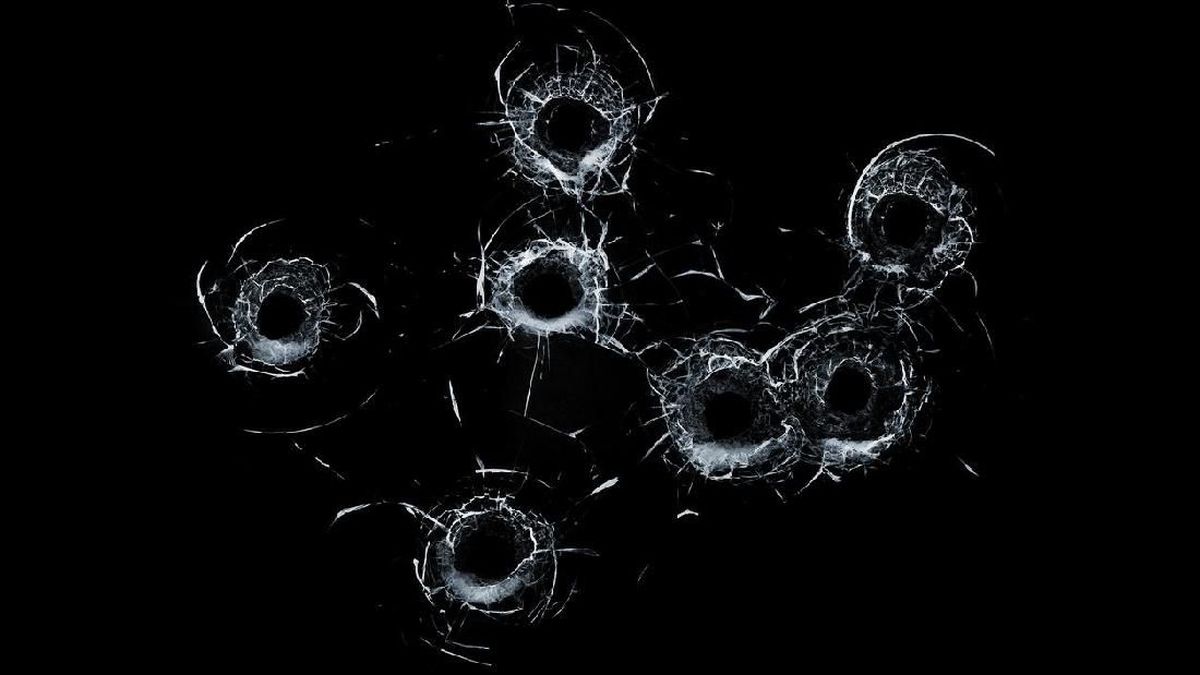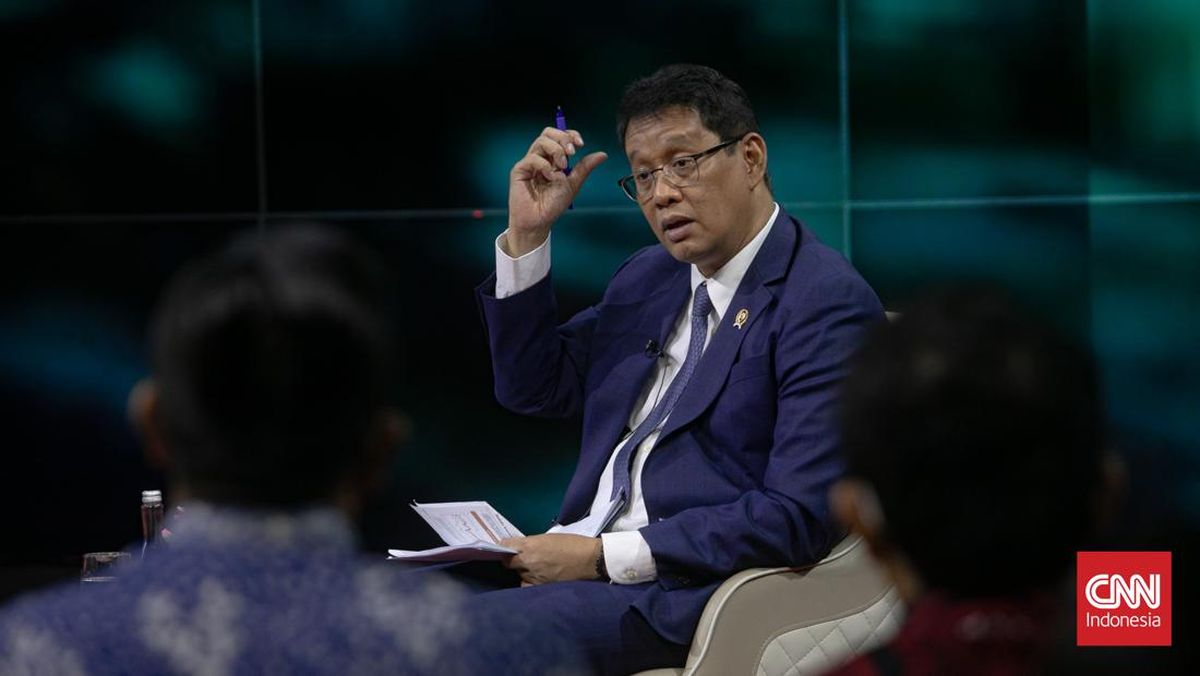Close your eyes and take a moment to picture Frankenstein’s monster. You’re probably envisaging a hulking, gangly beast, with a scar-pocked, green complexion, heavy-set eyes and bolt-skewered neck.
This is Frankenstein’s monster as imagined by James Whale’s 1931 adaptation, starring Boris Karloff, perhaps the most enduring vision of Mary Shelley’s “wretched devil” we have to date.
But the latest adaptation of the romantic classic, from director Guillermo Del Toro (Pan’s Labyrinth, The Shape of Water), imagines Frankenstein’s monster rather differently.

Jacob Elordi as a “newborn” creature.Credit: Ken Woroner/Netflix
Portrayed by Australian actor Jacob Elordi, who towers over the rest of the cast at 6′5″, he is certainly hulking, but monstrous he is not.
Kate Hawley, the New Zealand costume designer who worked on the film, says her team drew inspiration from 18th-century wax models of humans – part of Del Toro’s extensive collection of taxidermy and historical oddities.
Working with sculptor and artist Mike Hill to devise The Creature’s look, the vision was a classical, almost biblical, figure.
“Jacob’s character call name was ‘Adam’, so creating a perfect form, not something ugly,” she says.
“He wasn’t sutured, he was sort of fused together, you know… and then of course you’re blessed with Jacob Elordi, who is a classical figure with elongated limbs, and I know that made the whole process immediately easier for all of us.”

Jacob Elordi as The Creature in Guillermo Del Toro’s Frankenstein.Credit: Netflix/AP
This is most evident in the early scenes of The Creature as a “newborn” (Elordi was in the prosthetics chair for up to 10 hours a day), where he is seen in little more than a pair of bandaged briefs and iron shackles.
Almost nude, he appears vulnerable despite his size, with a pearlescent, waxy pallor and soft scars indicative of his cadaverous origins.
There’s an uncanny quality to the monster, certainly, but paired with Elordi’s Bambi-like gait and pained eyes, the effect is less bestial and more sympathetic.
Del Toro’s 2½-hour film is a slick production of epic proportions – the most expensive Frankenstein adaptation to date with a budget of $US120 million ($185 million) – and more than a decade in the making. The director has been vocal about his aversion to CGI and affection for classical handicrafts, and nowhere is this more evident than in the film’s costume and set design.
Both Elordi and Oscar Isaac (Victor Frankenstein) had their own team of costume designers, each creating about 70 costumes per character.

Prosthetic artist Mike Hill creating The Creature.Credit: John P. Johnson/Netflix
So complex were some of the costumes that the film even had its own “wolf costume team” for scenes set in the Arctic, where The Creature has commandeered a pack of wolves to avenge his creator.
“We had to build coats that the wolves were trained to deal with and attack. 170 meat packs were made, and then we had to change the fabric because the wolves are sensitive and didn’t want to eat wool,” says Hawley.
So, where do you start when designing the costumes for a text with as rich a history as Frankenstein?
“I immediately read the novel and did all the due diligence,” Hawley says of research that included major works by 18th- and 19th-century painters.
“We’re very familiar in that Gothic language with [painter Henry] Fuseli’s work and Caspar David Friedrich. There’s a very strong aesthetic that goes with it.”

William Frankenstein (Felix Kammerer) and Elizabeth Lavenza (Mia Goth).Credit: Netflix/AP
But despite being set in the Victorian era, Del Toro was emphatic that he didn’t want the wardrobe to feel archaic.
Loading
“He really said he didn’t want a load of dark top hats and everyone in black. He wanted a modern sensibility… and asked me to give it an edge of the couture and that world,” says Hawley.
Hawley and Del Toro also wanted Frankenstein to evoke a sense of “Hammer Horror” – a gothic, campy aesthetic defined by the films of Hammer Film Productions from the mid-1950s to 1960s, like Dracula and The Curse of Frankenstein.
The Creature’s final look, complete with long, greasy locks and dark, tattered clothing, feels like a punk rock take on German painter Caspar David Friedrich’s The Wanderer Above the Sea Fog: a civilised foil to the monster Victor Frankenstein has become.
The wardrobe of Elizabeth Lavenza (Mia Goth, who also portrays Victor’s mother), the amateur biologist who catches the eye of Victor but ultimately falls for his sympathetic creation, is certainly rooted in the Victorian era with its corseted bodices and voluminous skirts.
But rendered in lush velvets and psychedelic prints and embellished with tassels, fringe and fish net accessories, there’s a touch of retro anachronism that’s also a nod to the Bohemian subculture of the 19th century.

Elizabeth (Mia Goth) in a gown that took four months to perfect, paired with a Tiffany & Co scarab beetle necklace.Credit: Netflix/AP
One of Elizabeth’s most striking looks, seen when we first meet her through Victor’s adoring eyes, was also one of the most difficult to perfect, taking four months to get just right.
Rendered in a bright teal blue that leaps from the screen, Hawley says the team used 60 metres of silk in the skirt alone, and an “X-ray” technique involving layering sheer printed silk.
This is complemented by a matching fan, a scarab beetle necklace by Tiffany & Co (with whom Hawley collaborated on the film), and a peacock-esque feathered headdress.
“I had been looking at paintings of angels and the circular motif that Guillermo uses throughout his architecture [brought to life by production designer Tamara Deverell] – he asks, when we start a project, that the costume reflects the architecture and the environment,” she says.
“So you’ll see echoes with what we’re doing mirroring each other throughout, but that headdress is one of the first drawings I did.”

The Creature and Elizabeth meet for the first time in Frankenstein’s dungeon.Credit: Netflix
Hawley employed the same X-ray technique to create Elizabeth’s wedding dress – her ode to Frankenstein’s Bride – worn moments before her tragic death.
Loading
The gown, which would not look out of place on today’s haute couture runways, was made with a vintage 19th-century Swiss ribbon bodice, overlaid with silk organza. Featuring articulated ribs and bandaged ribbon arms, it’s reminiscent of early scenes of The Creature’s origin.
“At that point in the process, she’s not in Victor’s world so much as she’s echoing the creature’s world. A lot of the work that we were doing was looking at the characters from the inside out,” says Hawley.
Hawley, born in Wellington, got her start working on stage productions, crafting the clothes for Auckland Theatre Company, New Zealand Opera and the Royal New Zealand Ballet.
Since transitioning to the screen, her CV has spanned projects across Hollywood film and television – mainly in the fantasy, science fiction and period realm – including Crimson Peak, The Lord of the Rings: The Rings of Power and Suicide Squad.
Frankenstein is Hawley’s third project with Del Toro – or third-and-a-half, as she jokes, if you count The Hobbit, a film that was ultimately realised by Peter Jackson.

The circular motif is a recurring theme in the film, as seen here in Elizabeth’s rose bonnet, paired with fish net gloves.Credit: Netflix/AP
As a Kiwi working in Hollywood, Hawley is part of a rich legacy of Australian and New Zealand costume designers, among them Orry Kelly, Catherine Martin, Lizzy Gardiner, Ngila Dickson and Richard Taylor.
So, what sets them apart?
“All of them are very different, but they’re very self-assured and they’re not looking back towards Europe. They’re inventing their own language,” says Hawley.
“I think it’s really exciting seeing that, and I think there’s just a hunger for it, you know we don’t get very many opportunities to play in that world.”
Guillermo del Toro’s Frankenstein is in cinemas now and streaming on Netflix from November 7.
Find out the next TV, streaming series and movies to add to your must-sees. Get The Watchlist delivered every Thursday.

